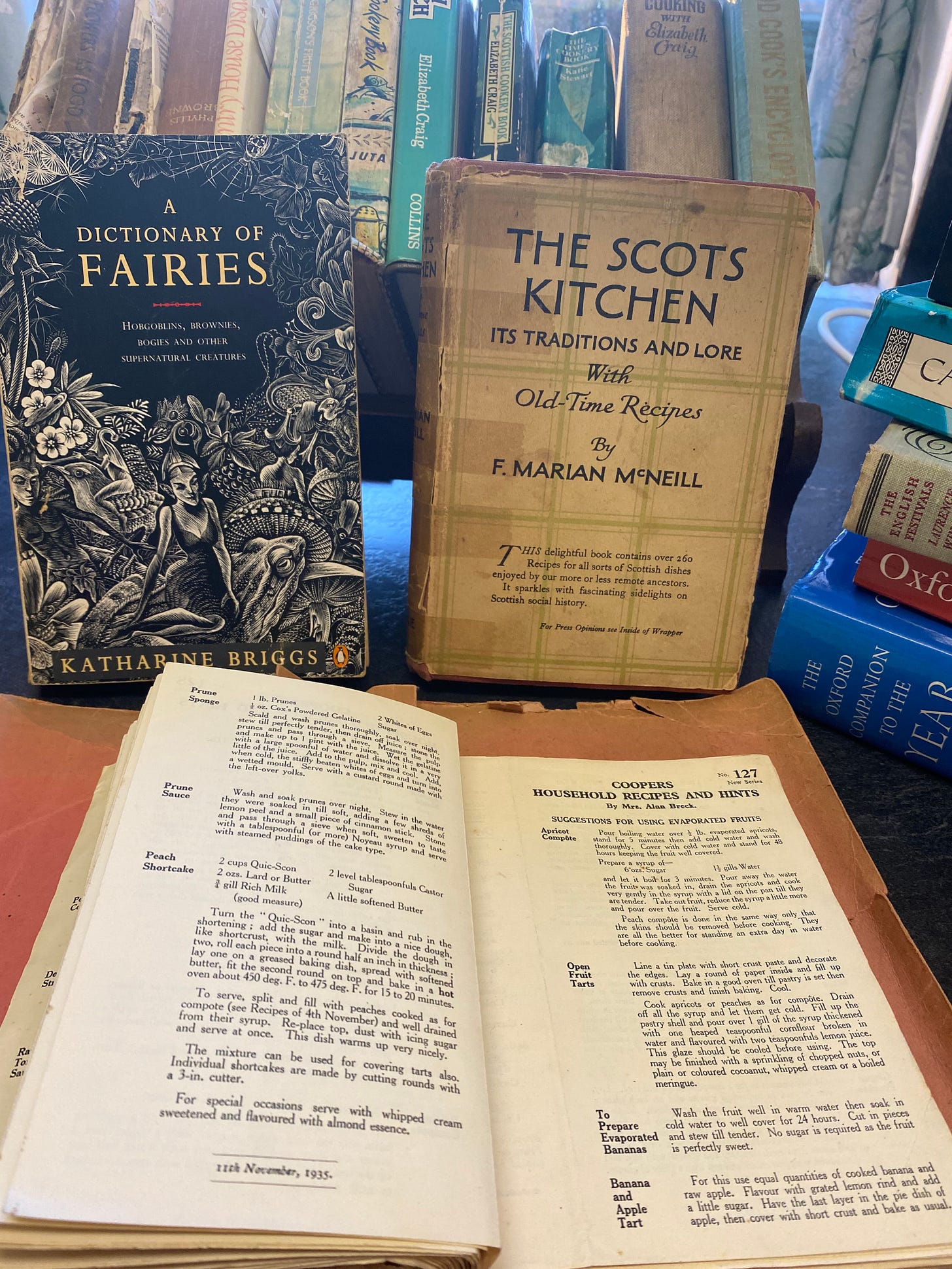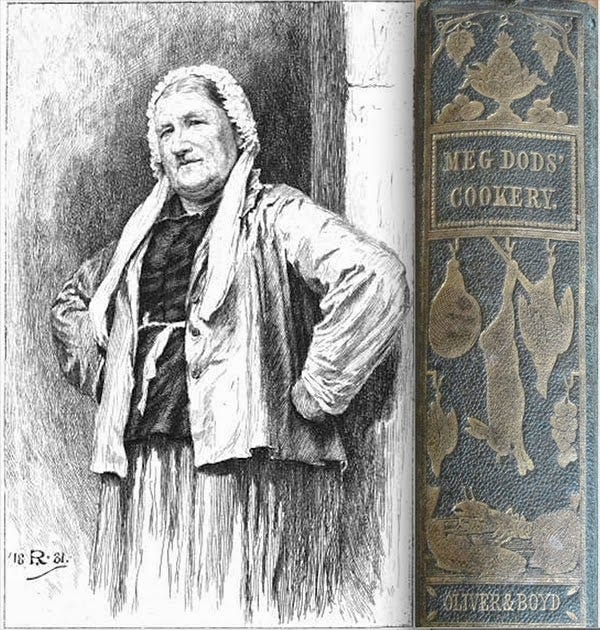Old Hallowe’en was on November 11th, which is also known as Martinmas, the Feast Day of St Martin of Tours. Saint Martin, a Roman soldier, cut his cloak in half and gave one half to a shivering beggar. A kind and very practical action. He was said to have shown kindness to fellow soldiers too. After a dream in which Christ appeared in a vision, Martin became a Christian. He later became Bishop of Tours where he founded a monastery but he is said to have lived life simply. Armistice Day is observed on Martinmas, Martlemas or Middle English Martinmesse .
Folklore notes that the weather is often clement around Martinmas, a lull before winter sets in. This is known as St Martin’s Little Summer – a microclimate. One could describe it as the final harvest carnival. Shakespeare writes: ‘Expect Saint Martin’s summer, halcyons’ day’ (Joan de Pucelle in Henry VI Act 1 scene 2). It may be described as a late autumn Indian summer.
‘If ducks do slide at Martinmas.
At Christmas they will swim.
If ducks do swim at Martinmas
At Christmas they will slide’
‘Ice before Martinmas,
Enough to bear a duck.
The rest of winter,
Is sure to be but muck!’
‘If the geese at Martin’s Day stand on ice, they will walk in mud at Christmas’.
Animals could not be fed during the winter months of scarcity so there was a tradition of animal culling and feasting on meat at Martinmas. Meats that could be preserved were hung out to dry. The slaughtering tradition can be found in the Old English name for November, Blōtmōnaþ – the month of blood sacrifices. Martlemas beef was proverbial for a well-stocked larder. The beef when hung would feed folk through the dark winter months. Tusser Redivivus: (Part Thomas Tusser's Five Hundred Points of Husbandry 1710) notes that Martinmas beef is dried in the chimney. There is much made of Medieval Martinmas jollity and hospitality using up the abundant supply of offal which could not be preserved by salting or smoking, for example black pudding, tripe and other carnivorous recipe ideas. A 1492 Diet Roll of St Swithun’s Priory (Winchester) is impressive:
Sunday Festum Sancti Martini Episcopi:
Beef, mutton, claves feet, numbles- (entrails – often deer) at a cost of £1. 12s. 8d as compared with 10s 9d for Christmas and 9s 1d for Epiphany (Kitchin 1892, 309 and 314-15). Quite a feast.
Merriment was secular too. There is documentation of payment to Martinmas minstrels in the 1554 accounts of Clare College Cambridge (Nelson 1989 1:189).
Rather quaintly Martinmas falls at the time when new wines are tasted in Central Europe, albeit a few days before France’s Beaujolais Nouveau. Saint Martin was the Patron Saint of the Vintners’ Company which counts itself among the Great Twelve (most powerful and influential) Livery Companies. In Medieval times the Master and the Warden of the Vintners’ Company were chosen and presented to the Lord Mayor and City at Martinmas.
Martinmas was an important demarcation point for the end of harvest and as a Scottish Quarter Day for land and rent payment. It also brought the end of labourers’ hiring agreements and was known as Pack-rag-Day, the day that labourers bundled up their worldly goods and went to seek new work. F Marion McNeil (The Silver Bough Vol Three) writes that the unmarried ploughman had two items of luggage; a kist (chest) and a mealstand (a padlocked barrel for oatmeal). The Martinmas Foy was a farewell supper with entertainment marking the departure of farm hands. The feast: bread, cheese and whisky were given by those leaving to those labourers who remained. It brought an end to an association bound by the farming year.
Those taken on at the early summer Hiring Fairs weren’t paid until the end of the farming year on Martinmas Day. They would then pay off their debts to local artisans before going home to their families for a grand meal on ‘Rive Kite Sunday’ or Tear Stomach Day. Although goose is associated with Michaelmas it was also eaten at Martinmas. This is possibly associated with the story that when called to become a bishop, St Martin is said to have fled and hidden with the geese in their shed.The gaggle of cackling geese serenaded his presence and, in the process, gave away St Martin’s hiding place.
Some counties held Martinmas hiring fairs. The fair in Deddington in the Cotswolds was nicknamed Pudden Pie Fair because of the abundant supply of sausages that were consumed (Briggs 1979). In some counties there was a custom of ‘blooding’. Millers would sprinkle the blood from a cock on machinery to protect workers from future injury (Binnal, Peter in Folk-Lore 1943). This prophylactic practice was widespread in Ireland, where the sacrificial blood was thought to preserve the household against misfortune (Blood Rite, The Feast of St Martin in Ireland Billy Mag Fhloinn).
Some are keen to attribute otherworldly connections with Saint Martin. Katherine Briggs (A Dictionary of Fairies) writes of two ‘Green skinned children’ who appeared out of the harvested ground in the Suffolk village of Woolpot. They spoke in an unknown language and ate a diet of raw beans. Lore purports that the children came from the land of St Martin where the inhabitants were Christians. Eating beans would suggest it was summer, but Walsh (Medieval English Martinmesse) argues a case for the St Martin’s Little Summer (Martinmas). Briggs notes that green is the Celtic colour of death and that beans are the food of the dead. Anne Witte (St Martin Seasonal and Legendary Aspects) takes this further and argues that Martinmas has links with the dead originating as a Celtic Feast of the Dead
St Martin was a soldier who became a godly man, a Bishop. A man who transitioned from war to peace. A Veteran who became a soldier of Christ. After the end of the First World War November 11th became associated with the war dead. At the eleventh hour of the eleventh day of the eleventh month a two-minute silence commemorates the moment of the end of the Great War. The love of the soldier St Martin, in France, was such that historically the Kings of France carried relics of St Martin into battle.It would seem appropriate that the Armistice was signed at Martinmas. After the ending of the Second World War the nearest Sunday to November 11th became known as Remembrance Sunday. The silence celebrates community and a shared remembrance of the dead. A pause in busy lives in the pursuit of work or indeed pleasure.
They grow not old, as we who are left grow old,
Age shall not weary them, nor the years condemn.
At the going down of the sun and in the morning
We will remember them.
Laurence Binyon 1869-1943 For the Fallen
A cured meat recipe for winter store or mart.
To Salt A Yule Mart or Whole Bullock (Meg Dod’s Recipe – The Cook and Housewife’s Manual 1826).
Take as much spring water as you think will cover the pieces of meat and with Liverpool salt (rock salt) make of this a pickle so strong as to float a potato. When quite cold, pour it over the meat in the salting tub or beef stand. The meat must be wholly and constantly covered with the pickle, by occasionally adding fresh supplies as it wastes, and using a sinking board. If the pickle becomes turbid, and a scum gather on it, either pour it off and boil and skim it well before returning it, when cold, to the meat or use a fresh pickle, which may now be afforded cheaply. Meat preserved in this way is never disagreeably salt and will keep for a long time. A little saltpetre boiled with the salt will tinge the meat, and if it is rubbed with salt and suffered to drain from the blood for a day and night, it will keep the better. If meat is not liked so salt, substitute sugar for one -third of the salt.
Author’s note: I combine sugar, salt and saltpetre in a Festive Spiced Brisket Recipe.







Fiona, this is FASCINATING and such a beautiful tribute to the day as a whole. Thank you so much for providing so many breadcrumbs for me to follow!
I'm especially interested in the treasure-trove of the Diet Roll of St Swithun’s Priory - I have a deep abiding love for refectorian & churchwarden accounts. Also, the land of St. Martin! What! I must dig in.
Fiona, this reminds me of two other customs: in Italy, San Martino is the day when ogni mosto diventa vino, the grape must, from grapes harvested in September, should be turned to wine. (I think this is connected with the French celebration of Beaujolais nouveau although that is the 15th of November, but close enough.) And in Madrid, when I lived there in the mid- to late-60's, San Martino was when every man donned a cape, in honor of the saint who divided his cloak with a beggar. And those capes were splendid--handsome black broadcloth lined with dark red and dark green velvet. I don't know what those colors signified but it was the custom also to throw one side of the cape back over the gentleman's shoulder to show off those colors. In my experience that custom is completely unknown in Spain today, 50 years on. How times change!